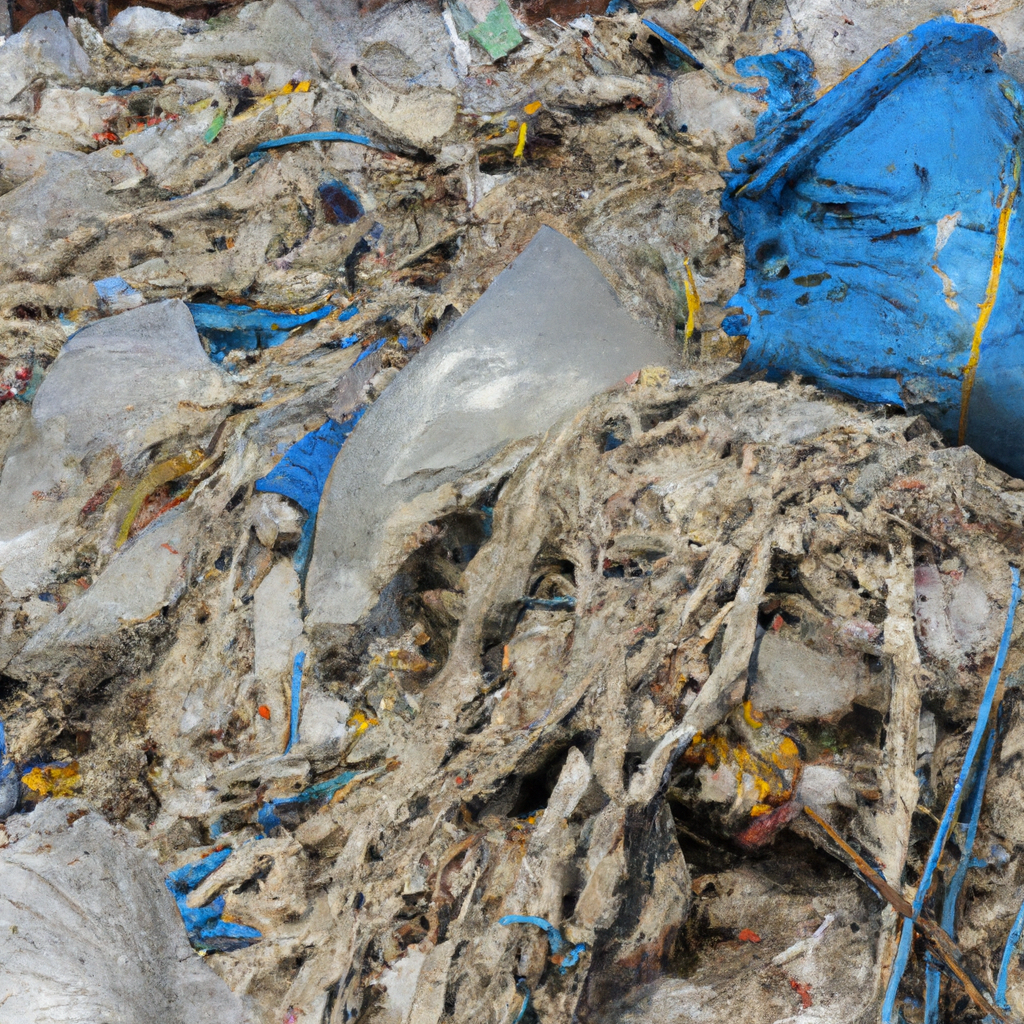Environmental Cleanup: Addressing Pollution Post-Hurricane

Environmental Cleanup: Addressing Pollution Post-Hurricane
Introduction
As devastating hurricanes continue to ravage communities across the globe, the aftermath is often met with environmental pollution which compounds the negative impact of the natural disaster. It is imperative that environmental cleanup is carried out after a hurricane, as this helps in restoring the ecosystem to its pre-existing state. Environmental clean-up also plays a significant role in ensuring the safety and health of the affected people. This article will discuss the importance of addressing pollution post-hurricane and measures that can be taken to prevent further environmental damage.
The Impact of Hurricane on the Environment
Hazardous Material Release
Hurricanes are known to cause significant damage to infrastructure such as industrial facilities and oil refineries, which may result in hazardous material spillage. In addition to oil leakages from refineries, chemical release from factories can also occur during a hurricane. This hazardous material release poses environmental risks such as soil and water pollution which could affect the aquatic ecosystem and pose serious health hazards to people.
Solid Waste Accumulation
In the wake of a hurricane, there is usually an accumulation of solid waste such as debris from buildings, trees, and other materials scattered by the wind. This solid waste buildup affects the health of the environment as it clogs drains and waterways, making it difficult for water to flow smoothly, leading to flooding. The inability of water to flow freely increases the risk of bacterial and viral infections associated with dirty stagnant water.
Soil Erosion
Hurricanes can cause serious soil erosion and landslides. Soil erosion is the detachment and movement of soil particles, which ultimately leads to soil degradation. The loss of fertile topsoil due to severe erosion alters terrestrial ecosystems, leading to a decrease in plant productivity. Soil degradation resulting from erosion makes it difficult for plants to grow which ultimately affects food security.
Addressing Pollution Post-Hurricane
Hazardous Material Cleanup
The first step towards addressing pollution after a hurricane is to identify and clean up hazardous material spills. These spills require specialized equipment and expertise as they pose serious risks to human health and the environment. The cleanup process requires the use of protective gear such as masks and gloves, and workers need to be adequately trained in hazardous waste management.
Solid Waste Management
To manage solid waste accumulation post-hurricane, the immediate clearing of debris and other materials scattered across roads and waterways must be prioritized. Effective solid waste management practices reduce the spread of diseases, restore the environmental aesthetics of the area and prevent further soil and water pollution. It is important to ensure that solid waste is disposed of properly and not left to accumulate, leading to secondary pollution problems.
Soil and Water Management
After soil erosion has occurred as a result of a hurricane, restoration measures are needed to ensure that the soil is brought back to its productive state. Water must also be managed carefully as it could be contaminated with hazardous substances released during the hurricane. To manage soil restoration and water management effectively, the implementation of soil conservation techniques such as terracing, contour farming, and the planting of cover crops should be carried out. Implementation of these techniques will help in reducing soil erosion and improve water quality.
Community Education
Community education is essential to mitigate the negative effects of hurricanes on the environment. Communities need to educate their members on the importance of proper disposal of hazardous materials and proper waste disposal measures. This education will help to prevent further environmental degradation and promote sustainable waste disposal practices.
Frequently Asked Questions
-
What are the negative impacts of hurricanes?
Hurricanes cause damage to infrastructure, soil erosion, hazardous material release, and solid waste accumulation which ultimately leads to environmental pollution.
-
What is hazardous material release?
It is the release of dangerous toxins that pose a risk to human life and the environment during a natural disaster such as a hurricane.
-
What is the impact of solid waste accumulation post-hurricane?
It affects the environmental aesthetics by clogging drains and waterways and increases the risk of bacterial and viral infections due to dirty stagnant water.
-
How can soil erosion be managed?
Soil erosion can be managed through the implementation of soil conservation techniques such as terracing, contour farming, and the planting of cover crops.
-
Why is community education essential?
Community education promotes sustainable waste disposal practices and helps to mitigate the negative effects of hurricanes on the environment.
Conclusion
Addressing pollution post-hurricane is critical in restoring the ecosystem to its pre-existing state and promoting the health and safety of affected communities. The impacts of hurricanes on the environment are extensive, and it is imperative that stringent measures are taken to mitigate the negative effects on the environment. By adopting effective hazardous material cleanup measures, solid waste management practices, soil and water conservation techniques, and educating the community, we can help to prevent further environmental degradation and promote sustainable environmental practices.
Living in hurricane-prone areas requires adequate preparation, and it is crucial that residents educate themselves about the environmental impact of hurricanes. Hurricaneinsider.org provides comprehensive information on hurricanes, including how to prepare for hurricanes, post-hurricane recovery, emotional support, and knowledge on hurricane's impact. By engaging with hurricaneinsider.org, readers can stay informed and prepared for the impact of natural disasters such as hurricanes.

Deja una respuesta